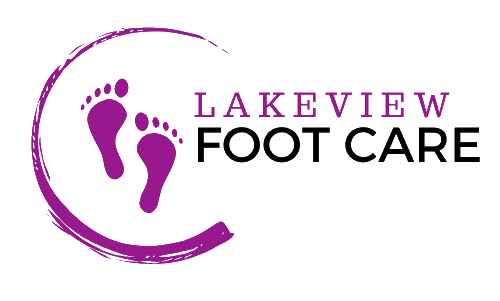
Foot care services in long-term care facilities in Canada are an often-overlooked aspect of resident health and well-being. As our population ages, the importance of proper foot care becomes increasingly vital. Poor foot health can lead to significant complications, including mobility issues, pain, and a reduced quality of life. Residents of long-term care facilities deserve comprehensive foot care services that address their specific needs, yet many facilities lack the resources and strategies necessary to deliver optimal care. In this article, we will delve into the critical need for enhanced foot care services and explore effective strategies for improving these services across Canada.
Addressing the Need for Improved Foot Care in Long-Term Care
The realities of aging bring about unique challenges, particularly concerning mobility and overall health. Research indicates that approximately 90% of elderly individuals experience foot problems at some point, ranging from corns and calluses to more severe conditions like diabetic foot ulcers. These issues can lead to debilitating pain and limited mobility, significantly impacting the residents’ ability to engage in daily activities. Additionally, foot health is intricately linked to overall health; untreated foot problems can exacerbate existing conditions, leading to hospitalizations and further complications.
Moreover, long-term care facilities often face systemic barriers that hinder effective foot care delivery. There is a lack of trained personnel who specialize in podiatry or foot care, which leads to underdiagnosis and undertreatment of foot-related issues. Furthermore, the high staff turnover rates in these facilities result in inconsistent care practices and a lack of continuity in treatment plans. As a result, residents may not receive the foot care interventions they need, ultimately affecting their mobility, independence, and quality of life.
Recognizing these challenges is the first step toward enacting positive change. To truly enhance foot care services, we must raise awareness among facility administrators, healthcare providers, and families about the critical importance of foot health in the elderly. By fostering a culture that prioritizes thorough foot assessments and promotes preventative care, we can create an environment where residents can thrive in their golden years, free from the burden of preventable foot ailments.
Implementing Effective Strategies for Enhanced Foot Services
Developing effective foot care services in long-term care facilities requires a multifaceted approach that integrates training, resources, and structured protocols. One immediate action is to invest in specialized foot care training for nursing staff and caregivers. By providing them with essential knowledge and skills related to foot assessments, hygiene practices, and the management of common foot conditions, facilities can ensure that residents receive timely and appropriate care. This training should also cover the importance of regular foot screenings to catch issues before they escalate.
Additionally, establishing partnerships with local podiatrists can greatly enhance foot care services. By integrating podiatric expertise into the care model, long-term care facilities can provide residents with access to specialized treatments and consultations. Regular visits from podiatrists can facilitate comprehensive foot examinations, allowing for early detection and intervention for conditions that may otherwise go unnoticed. Creating a continuum of care between nursing staff and podiatric services ensures that residents receive holistic care that addresses their specific foot health needs.
Finally, developing standardized protocols for foot care can help streamline processes and elevate the quality of care. Facilities should adopt evidence-based guidelines that outline best practices for foot health, including daily foot inspections, proper nail care, and education on appropriate footwear choices. By implementing these protocols, staff can create a systematic approach to foot care that not only improves outcomes but also instills confidence in residents and their families. Consistency is key; creating a regular schedule for foot care assessments will help ensure that no resident falls through the cracks.
In conclusion, enhancing foot care services in Canada’s long-term care facilities is not just a health imperative; it is a moral obligation. By addressing the pressing need for improved foot care, we can significantly impact the quality of life for our elderly population. The recommendations outlined above — from specialized training and partnerships with podiatrists to the adoption of standardized protocols — offer a comprehensive framework for transforming foot care practices. As we move forward, let us commit to empowering residents with the care they deserve, fostering not only their physical well-being but also their dignity and independence in their later years. Together, we can build a future where every resident experiences the benefits of exceptional foot care, enhancing their overall health and happiness in long-term care.
Promoting Healthy Feet: Foot Care Strategies for Indigenous Communities in CanadaPodiatry vs. Chiropody: Understanding Foot Care in CanadaEnhancing Foot Health: Rural Canada’s Foot Care ClinicsRelevant LinkRelevant LinkRelevant Link

